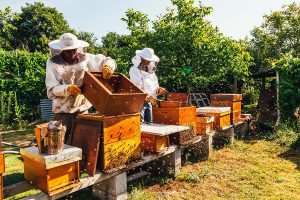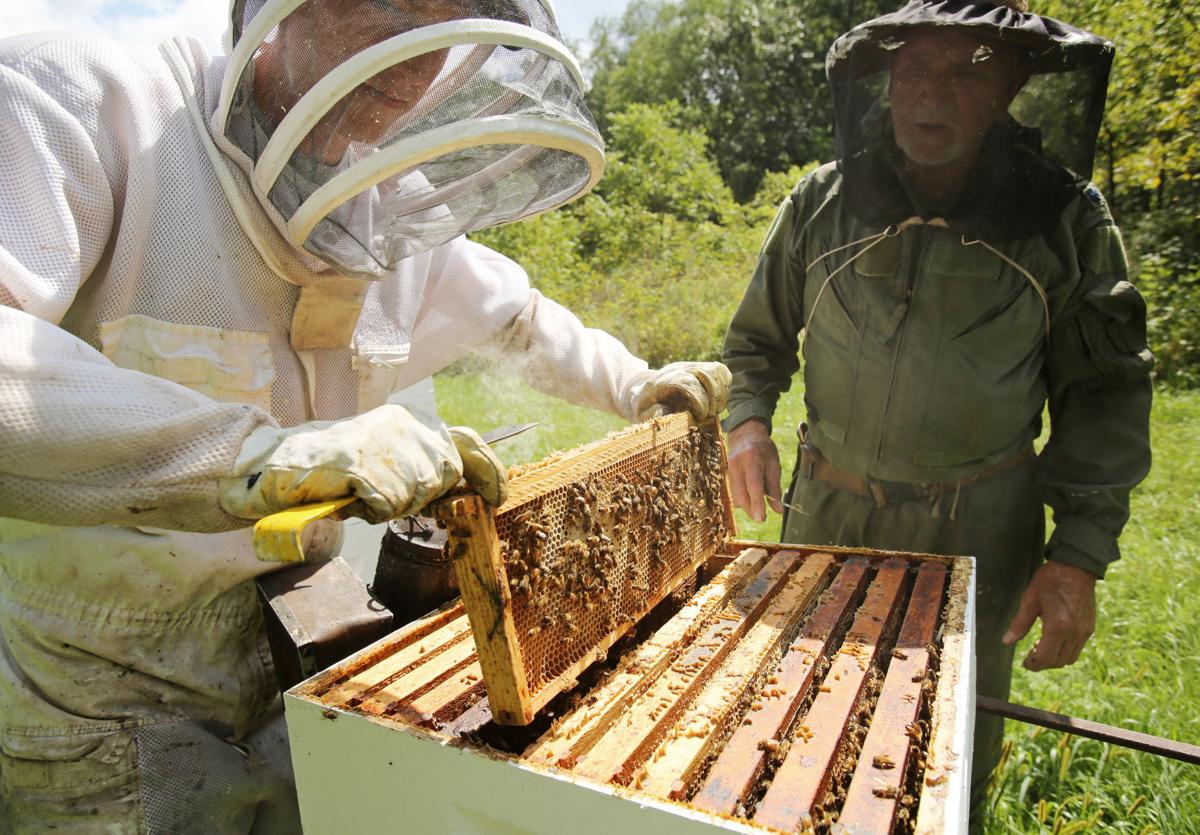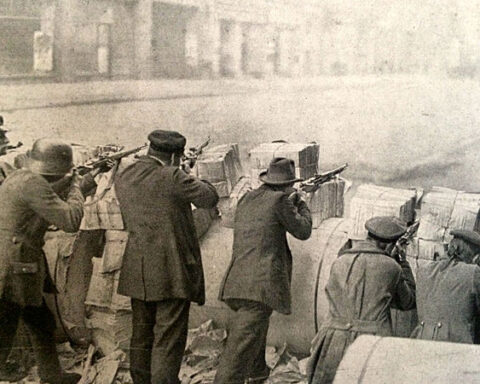Editor’s Note: Like most of you, we frequent lots of other sites on the internet, and try to share some of those things with you. One of the most popular sites on prepping is Survival Blog, which has been around for years. We figure that many of you already frequent that site, so rarely post much from them, but this is a very interesting article. Survival Blog does allow for others to repost excerpts from their site, as long as proper attribution is made, so we are going to share the first portion of this article here, along with a direct link to that site below. We encourage you to be a regular reader there, if you are not already.
I’ve been a regular reader of SurvivalBlog.com for years and had developed an interest in keeping bees. I started researching online, got a book or two from the library, and after a few years felt I was ready to give it a try. Then we moved 800 miles away, bought some land, built a house, and started a little hobby farm in southern Appalachia. Life has funny ways of getting in the way, but I’m much happier for it, and now I have a great place to try out the hobby of beekeeping.
 I was quite daunted with all of the information I found, but after reading a few different books, and lots of time spent online reading even more, and talking with fellow “beeks” (beekeepers), I got a general picture of how things were supposed to work. This took several years, I found it quite my head around the bigger picture challenging. As a new-to-me hobby I only dedicated a minimum of free time to learning about it. Once you decide to jump-in, make sure you are prepared to offer more than just the minimum: I’ve had a couple adventures. I found going to local beekeeper clubs and group meetings in the area to be very useful. Knowledge, information, good deals, and general well wishes were in abundance every time I took the time to attend. Eventually I got my hive and some minimal protective gear. I ordered a package of bees for the spring through a local club, and began the adventure I am about to describe. So far it has been rewarding, I am looking forward to continuing the journey.
I was quite daunted with all of the information I found, but after reading a few different books, and lots of time spent online reading even more, and talking with fellow “beeks” (beekeepers), I got a general picture of how things were supposed to work. This took several years, I found it quite my head around the bigger picture challenging. As a new-to-me hobby I only dedicated a minimum of free time to learning about it. Once you decide to jump-in, make sure you are prepared to offer more than just the minimum: I’ve had a couple adventures. I found going to local beekeeper clubs and group meetings in the area to be very useful. Knowledge, information, good deals, and general well wishes were in abundance every time I took the time to attend. Eventually I got my hive and some minimal protective gear. I ordered a package of bees for the spring through a local club, and began the adventure I am about to describe. So far it has been rewarding, I am looking forward to continuing the journey.
STARTING OUT
So you want to keep wild animals in a box? Several reputable vendors have hive-starter kits available for sale. Your local club may have a member who makes them cheaper, but basically we’re talking about the wooden box you keep the bees in. They come in different shapes and sizes, the most common are the Langstroth style. It’s good to standardize if you have a lot of hives, but for starters, go with what suits you. 10-frame setups are larger and heavier than 8-frame setups. The bees don’t care, but your back might! I recommend 2 deeps for your ‘hive body’ (bottom half), and 2 mediums for your ‘supers’. The wooden boxes can be used inter-changeably: the “Hive Body” is where the bees live, the “Super” is where they store the honey. Purchase frames to match (20 deep and 20 medium if you want a 10-frame setup, 16/16 if an 8-frame).
Read The Rest At Survival Blog.

Adventures In Beekeeping
Latest from Culture

Dangerous Left Wing Rhetoric
On Saturday, July 13, 2024, an assassin came within inches of murdering Donald Trump on a live broadcast. Democrat talking heads immediately split into two camps: some said Trump staged the shooting

Movie Review: Streets of Fire
Underrated. Yes, the acting is forced, the lines are flat, the sets limited, but it makes up for it by being awesome. It's more of a modern Western than anything.

Calvin Coolidge on Independence Day
Speech Given July 1926 We meet to celebrate the birthday of America. The coming of a new life always excites our interest. Although we know in the case of the individual that

Edward the Black Prince
"Valiant and gentle...the flower of all chivalry in the world at that time.”

The Weimar Years – Part 5
Summary of the German Revolution, 1918-1919.



